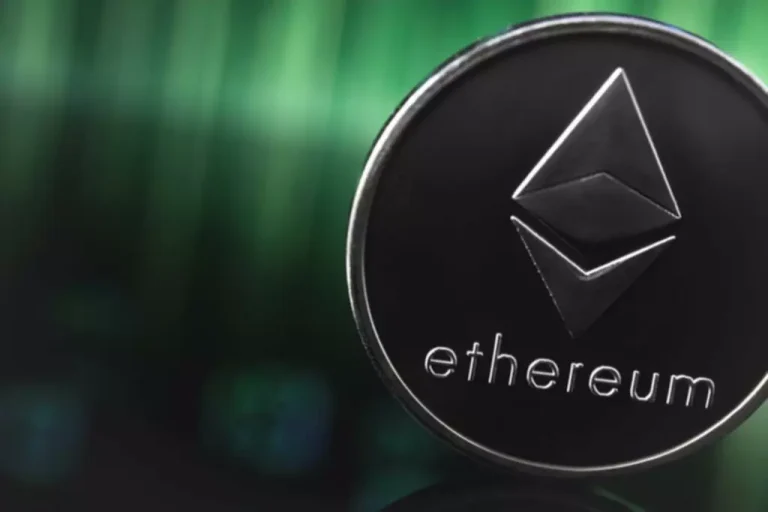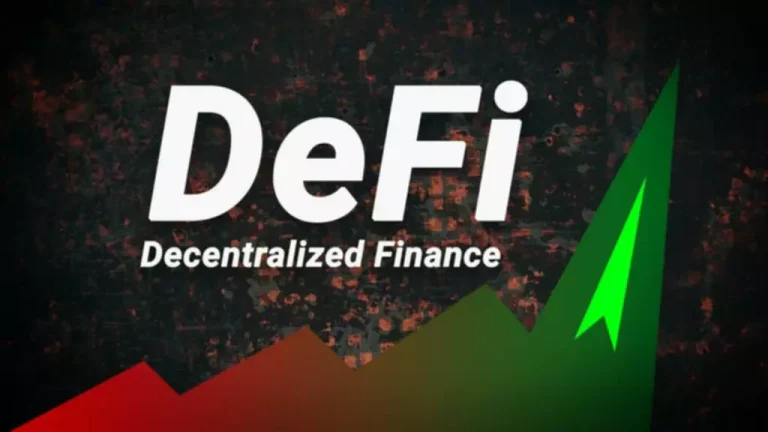Although often worthwhile, utilizing automated market makers (AMMs) is inherently risky. Always do your own analysis (DYOR) and by no means deposit greater than you presumably can afford to lose. Traditionally, market makers assist in finding the best costs for merchants with the lowest bid-ask unfold on centralized order books. The bid-ask spread is the distinction between the best price a buyer wants to pay and the lowest price a vendor will settle for.

Large trades relative to the pool size can have a big impression, inflicting the ultimate execution price to deviate from the market price from when the commerce was initiated. AMMs work by changing the normal order e-book mannequin with mathematical formulation and logic wrapped in smart contracts. The AMM mannequin has confirmed to be a powerful innovation, enabling constant liquidity and computerized worth adjustment primarily based on supply and demand. This has led to elevated market efficiency and opened up new opportunities for incomes passive income. This could be a more profitable use of their belongings in comparison with merely holding them, especially in a risky market.
It’s also unique, as changing into a market maker typically requires vital capital and access to stylish buying and selling methods. Both classes use non-custodial smart https://www.xcritical.com/ contracts, and a deterministic pricing rule is carried out between two or more swimming pools of tokens. A DeFi App can implement one sort of AMM model or a mixture of several AMM fashions.
What Are Some Great Advantages Of Using Amms?
Many of first-generation AMMs are restricted by impermanent loss and low capital efficiency, which impacts each liquidity providers and traders. One of the most significant advantages of AMMs is their decentralized and permissionless nature. Unlike traditional exchanges, which require an intermediary to facilitate trades, AMMs enable for direct peer-to-peer buying and selling via sensible contracts.
In response to those challenges, builders have give you the options for new AMM models. Today, you possibly can “farm for yield” — maximize earnings — by shifting LP tokens out and in of different DeFi apps. Some of the well-known AMMs embrace Uniswap, SushiSwap, PancakeSwap, and Balancer. See how cross-chain solutions allow a new frontier of dApp performance. And each few months, we see some groundbreaking changes each when it comes to backend operations and frontend experiences.
Alternatively, high-frequency tuning of AMM equations may be done to achieve higher performance than their on-chain counterparts. Clipper’s FMM uses a quickly updating live value feed because the oracle value of their AMM method (discussed above), permitting them to shift closer to a CSMM and achieve larger capital effectivity [17]. A market maker facilitates the method required to provide liquidity for trading pairs on centralized exchanges. A centralized change oversees the operations of traders and provides an automatic system that ensures trading orders are matched accordingly. In different words, when Trader A decides to purchase 1 BTC at $34,000, the change ensures that it finds a Trader B that is willing to promote 1 BTC at Trader A’s preferred exchange rate.

In all completely different variations of CFMM, liquidity suppliers present property which are pooled in an open smart contract. A trading pair involves two or more complimentary swimming pools of crypto property or tokens. In the DeFi world, AMMs exchange these conventional entities with smart contracts. These smart contracts maintain liquidity swimming pools of varied tokens, permitting customers to trade against this pooled liquidity somewhat than with particular person counterparties. By doing this, you’ll have managed to maximize your earnings by capitalizing on the composability, or interoperability, of decentralized finance (DeFi) protocols. Note, nevertheless, that you’ll need to redeem the liquidity supplier token to withdraw your funds from the preliminary liquidity pool.
Cons Of The First-generation Models
DODO is an example of a decentralized trading protocol that uses external worth feeds for its AMM. To date, DODO has facilitated a buying and selling quantity of more than $120 billion. The problem with hybrid models is to stitch these completely different components into a robust and reliable AMM material. An instance of such a mannequin is Curve Finance, which automated market makers crypto mixes CPMM and CSMM models to offer a capital-efficient platform to change pegged assets. Since there’s extra USDT now than before within the pool, this implies there might be extra demand for BTC, making it more priceless. This is where market provide and demand act to vary the initial change price of BTC, which was equal to 25,000 USDT.

Not only does this mean that users have control of their belongings, however it also means that property can’t be seized, frozen, or restricted in the identical way that they can be with CEXs. When the prices of assets deposited to liquidity swimming pools fall and the ratio of the token pairs is unfavorable, there is not a way to reverse this. As such, when buying and selling fees don’t offset these losses, they are certainly permanent. Impermanent loss is the distinction in worth over time between depositing tokens in an AMM versus merely holding these tokens in a wallet.
As with all issues in crypto, the future of AMMs is likely to be a combination of exciting innovation and unpredictable change. While Automated Market Makers have revolutionized the crypto trading landscape, they also include their own set of challenges and dangers. Understanding these is crucial for anybody seeking to participate in an AMM platform. This model is just like the CPMM, but the multiplication in the formulation is replaced with addition. The liquidity at all times equals the whole amount of token A plus the whole amount of token B.
How Do Amms Work?
Adapted digital AMM model used in this case just for price institution. The real belongings are saved in the smart contract vault which is positioned exterior the AMM fashions. From Bancor to Sigmadex to DODO and beyond, progressive AMMs powered by Chainlink trust-minimized companies are providing new fashions for accessing quick liquidity for any digital asset.

These contracts automate the market-making course of, permitting for the automated execution of trades. This automation eliminates the need for intermediaries, making the process more environment friendly. This innovation not solely eases entry to financial markets but also enhances liquidity and trading effectivity within the DeFi ecosystem. Automated Market Makers (AMMs) have emerged as a cornerstone within the growing DeFi (Decentralized Finance) market, altering the fundamentals of belongings buying and selling in a decentralized surroundings.
Fixed Sum Market Maker (csmm)
Liquidity swimming pools mix the funds deposited by LPs for users of AMMs to commerce in opposition to. An LP might provide one ETH to a Uniswap liquidity pool, along with £3,000 worth of the USDC stablecoin. LPs earn a portion of transaction fees when AMM customers swap ETH or USDC from that liquidity pool. However, it’s not unusual for LPs to expertise “impermanent loss” when the costs of assets fluctuate. To make positive that property are readily available at any time, liquidity suppliers deposit funds into liquidity pools. These funds often are available in pairs or “token pairs”, that means that an LP would provide an equal value of two different asset types to a liquidity pool.

By contributing funds, liquidity suppliers earn a share of buying and selling fees generated by transactions throughout the pool proportionate to the total liquidity they supply. Automated market makers (AMMs) have emerged as a well-liked different to conventional order book-based exchanges for cryptocurrency buying and selling. In this text, we will give you an outline of how AMMs work, explore the assorted kinds of AMMs, and highlight their respective professionals and cons. With the breakthrough innovation of Constant Function Market Makers (CFMMs), the financial markets and automated market-making enter a brand new period of innovation. AMM protocols are continually innovating and designing new ways to enhance capital effectivity and scale back impermanent loss using varied methods.
Do Amms Assist Fiat-to-crypto Trading?
AMMs repair this drawback of restricted liquidity by creating liquidity swimming pools and offering liquidity providers the incentive to produce these pools with assets. The more belongings in a pool and the extra liquidity the pool has, the simpler buying and selling turns into on decentralized exchanges. First introduced by the AMM protocol DODO, this AMM sort additionally goals to extend liquidity and protect capital efficiency. Like dAMMs, PMMs additionally change the parameters; however, it does it proactively in anticipation of modifications in market situations.
Fixed Imply Market Maker (cmmm)
The extra liquidity they supply, the larger their share of the pool, and consequently, the more charges they will earn. For example, if a liquidity provider needed to contribute to a ETH/DAI pool, they would need to deposit an equal worth of both ETH and DAI. At the core of an AMM is a great contract, a self-executing contract with the terms of the agreement instantly written into code. Different types of AMM models embody fixed product, constant sum, and hybrid swimming pools.
The more liquidity an AMM has, the less slippage customers expertise, which in flip attracts more liquidity. For AMMs, arbitrage traders are financially incentivized to seek out property which are buying and selling at discounts in liquidity swimming pools and purchase them up until the asset’s price returns consistent with its market value. In this constant state of balance, buying one ETH brings the value of ETH up slightly alongside the curve, and promoting one ETH brings the value of ETH down slightly alongside the curve. It doesn’t matter how volatile the value will get, there’ll finally be a return to a state of balance that reflects a comparatively correct market price. Chainlink Price Feeds already underpin much of the DeFi financial system and play a key position in helping AMMs precisely set asset costs and improve the liquidity available to merchants.